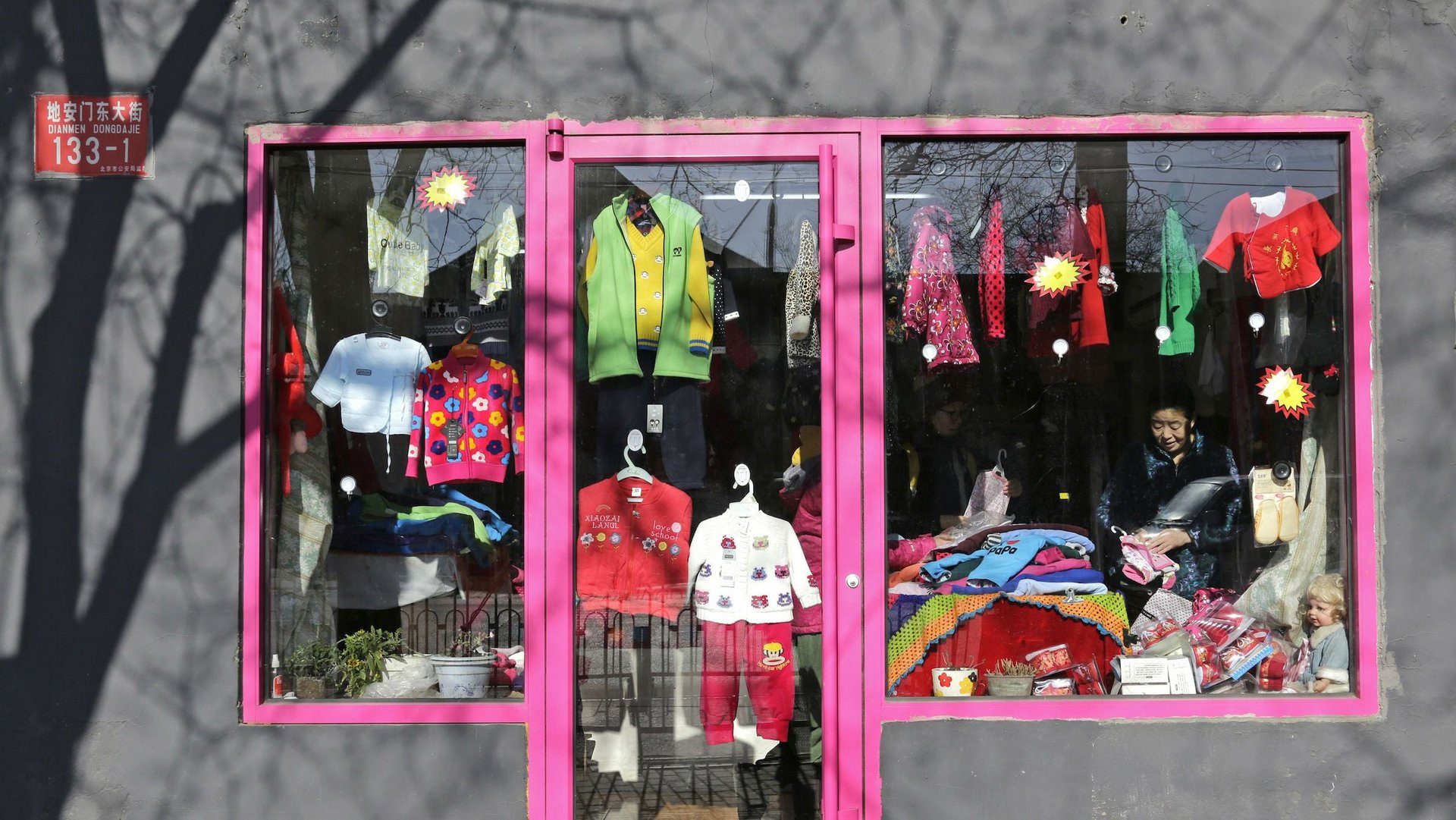Why China’s hoped-for baby boom is turning out to be a bust
The results of China’s highly touted relaxation of its one-child policy are so far decidedly underwhelming. Only about 1 million out of 11 million eligible couples have applied to have a second child under new rules, according to Chinese health authorities.


The results of China’s highly touted relaxation of its one-child policy are so far decidedly underwhelming. Only about 1 million out of 11 million eligible couples have applied to have a second child under new rules, according to Chinese health authorities.
That’s far from the baby boom that population planners—not to mention infant goods makers—had been been hoping for. Officials initially predicted as many as 10 million extra births over the next five years, although there were also much more conservative estimates of around 2 million extra babies.
In part because of decades of the one-child policy, along with lower fertility rates that are common among countries as they grow more affluent, China is facing a rapidly aging population, shrinking labor force, and huge gender imbalance. ”We don’t need adjustments to the family planning policy.…What we need is a phase out of the whole system,” Gu Baochang, a demographer at the Renmin University in Beijing told Time in 2013.
Several Chinese provinces are projecting lackluster interest, especially as parents worry about the costs of raising an extra child. In Zhejiang province, the first to introduce the new rules that let couples where one parent is a single child have two kids, authorities now expect only a fourth of the initially predicted 80,000 extra births. In the prefecture of Xuanwu in Yunnan, home to about 1.3 million people, only 36 couples have applied (link in Chinese). He Yafu, a one-child policy expert, estimates that of the one million applications, there will be only 600,000 to 700,000 extra births (paywall) a year.
So why does China insist on keeping the one-child policy partially intact? According to a recent study by Stuart Basten and Quanbao Jiang at the University of Oxford, it may be because local governments rely on fines from breaches of family planning rules. The researchers estimate that up to 27.9 billion yuan ($4.6 billion) in fines (also known as “social maintenance fees”) are collected across the country, a figure equivalent to about 15% of total local government spending on science and technology.
The entrenchment of China’s sprawling family planning bureaucracy may be another factor. Getting rid of China’s family planning regime altogether would threaten the jobs of over 7 million people, including about 509,000 at the township level and above, as well as 1.2 million village-level administrators and some 6 million “group leaders,” according a 2005 report by family planning authorities.
Getting Chinese families to have more children will require more than just a relaxation of rules—the country also needs to adapt its public services and attitudes to be more supportive of parents. And turning around what some demographers call “anti-natalist” policies takes time, especially in East Asia. It’s taken other countries with aging populations—including Japan, South Korea, and Taiwan—as many as 20 years after fertility levels fell below replacement levels to introduce pro-natalist policies.
“It appears to be easier to encourage people to have fewer children than to have more,” Basten and Jiang concluded.